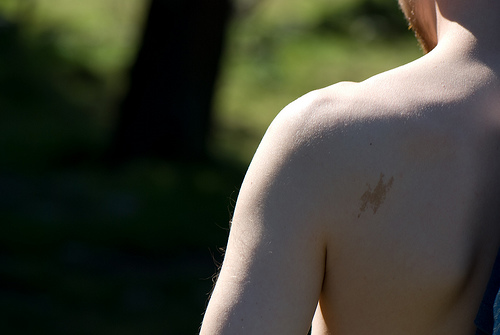
Birthmarks: Distinguishing us from others
Remember Cindy Crawford’s famous mole? Or Mikhail Gorbachev port wine stain on his head? Birthmarks are features that distinguish us from others. Medically, they are defined as marks that are visible since birth, although some of them can appear later in life. These marks are usually harmless but can also be a sign of disease or can become malignant over time. Contrary to common knowledge, not all of them are permanent and are mainly located in the face and neck areas, although they also appear on other parts of the body. There are several types of birthmarks depending on their color, form and location.
- Important notification about information and brand names used in this slideshow!
- Photo courtesy of Ben Crowe by Flickr : www.flickr.com/photos/croweb/2876971552/
- kidshealth.org/parent/general/body/birthmarks.html
- http://en.wikipedia.org/wiki/Birthmark
- http://www.webmd.com/skin-problems-and-treatments/ss/slideshow-birthmarks
- http://www.nhs.uk/conditions/Birthmarks/Pages/Introduction.aspx
- http://www.nlm.nih.gov/medlineplus/birthmarks.html
- http://www.mayoclinic.com/health/birthmarks/SN00033
- http://www.messaggiamo.com/articles/68292-famous-birthmarks-you-have-heard-of-these-famous-people.html
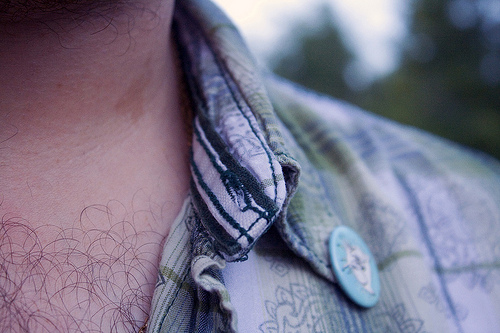
Why do we have birthmarks?
In certain countries, people believe that birthmarks are caused by unsatisfied wishes of the mom during her pregnancy. This is not true. There is no specific cause for the presence of birthmarks and most of them are not inherited, as many of us would think. Doctors classify birthmarks in vascular and pigmented, depending on their origin. The first ones can be red, pink or purple and are caused by abnormal blood vessels under the skin; the second ones have a brown color and are caused by clusters of pigment cells. Birthmarks don’t cause any symptoms or pain, but can cause cosmetic problems to the person that has them.
- Important notification about information and brand names used in this slideshow!
- Photo courtesy of Chelsea Gomez (Oakes) by Flickr : www.flickr.com/photos/pyxopotamus/4744533510/
- health.howstuffworks.com/skin-care/problems/baby/question628.htm
- http://www.nhs.uk/conditions/Birthmarks/Pages/Introduction.aspx
- http://www.medicalnewstoday.com/articles/174886.php
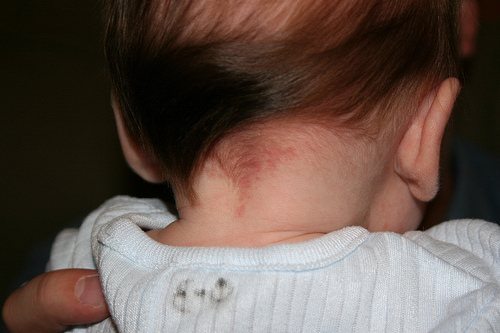
Stork bite or salmon patch
Also known as “salmon patches”, stork bites are a type of pigmented birthmark seen in newborns. They are mainly located on the forehead, neck, nose and eyelids of babies. This type of marks are completely harmless and usually disappear during the first few months of life, although there are some that disappear around the fourth year of age. Stork bites look like small red or pink flat patches and appear in almost half of all babies. Because they are caused by the stretching of small blood vessels, they are often more noticeable when the baby cries or when his or her body temperature changes.
- Important notification about information and brand names used in this slideshow!
- Photo courtesy of Abigail Batchelder by Flickr : www.flickr.com/photos/abbybatchelder/3999190241/
- www.nlm.nih.gov/medlineplus/ency/article/001388.htm
- http://www.cyh.com/healthtopics/healthtopicdetails.aspx?p=114&np=304&id=1589#2
- http://www.birth.com.au/variations-in-newborn-babies/spots-birthmarks-stork-marks#.Up902GRAJw8
- http://www.nhs.uk/conditions/Birthmarks/Pages/Introduction.aspx
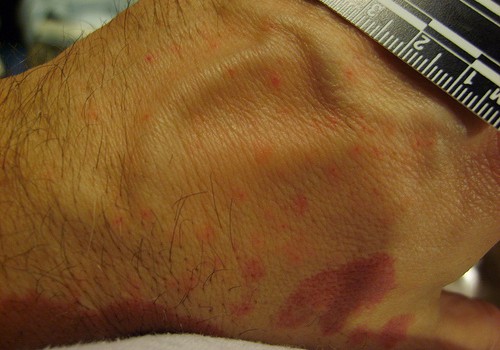
Port Wine Stains
This type of birthmarks looks as if someone had spilled or splashed red wine on the skin. You can identify it as a flat dark red or purple stain, with irregular edges and of different sizes, from a few millimeters to several centimeters of diameter. They appear in newborns also and are located mainly on the face, neck, chest and back. Port wine stains are usually permanent and can darken with time, due to hormonal changes. During puberty, pregnancy and menopause, for example, a port wine stain can go from red to dark red or purple. These marks are also harmless, but sometimes, depending on their characteristics, the patient may require a biopsy to make sure it is not malignant.
- Important notification about information and brand names used in this slideshow!
- Photo courtesy of louento.pix by Flickr : www.flickr.com/photos/lou_bugs_pix/2374507910/
- www.nlm.nih.gov/medlineplus/ency/article/001475.htm
- http://www.nhs.uk/conditions/Birthmarks/Pages/Introduction.aspx
- http://kidshealth.org/parent/medical/heart/port_wine_stains.html
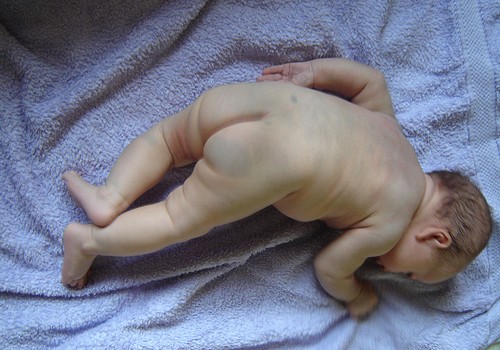
Mongolian spots
Mongolian spots are similar to bruises in color and shape, and are usually mistaken for them. They are flat, blue-grey stains with irregular edges, which normally appear right after a baby is born or a few weeks later. They are mainly located near the lower back or buttocks of darker skinned people with Asian, Indian or African heritage. Mongolian spots also appear on other parts of the body, especially on arms and legs. They don’t represent a medical risk and do not require any type of treatment, as they usually disappear by the age of four.
- Important notification about information and brand names used in this slideshow!
- Photo courtesy of Donna by Flickr : www.flickr.com/photos/geowombats/1667757455/
- www.nhs.uk/conditions/Birthmarks/Pages/Introduction.aspx
- http://www.nlm.nih.gov/medlineplus/ency/article/001472.htm
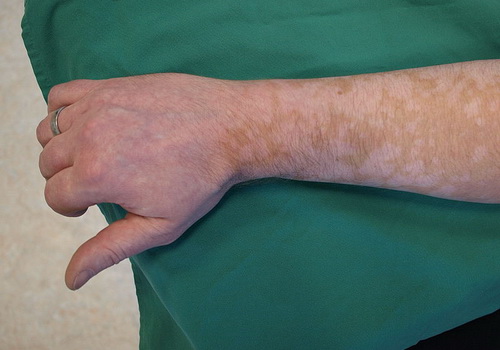
Cafe-Au-Lait Spots
Cafe-au-lait spots are an example of birthmarks related to a disease. Their name comes from the French for “coffee with milk”, because they are coffee-colored skin patches. They can be seen on the skin of children and are normally around one or two small spots. When more than six cafe-au-lait spots are identified, they can be a sign of neurofibromatosis. This genetic disorder is caused by a mutation in a gene and is characterized by the formation of small tumors along the nerves. There is no treatment for neurofibromatosis, but patients are constantly monitored to prevent complications.
- Important notification about information and brand names used in this slideshow!
- Photo courtesy of Klaus D. Peter by Wikimedia Commons : commons.wikimedia.org/wiki/File:Cafe_au_lait.jpg
- www.nhs.uk/conditions/Birthmarks/Pages/Introduction.aspx
- http://www.nhs.uk/Conditions/Neurofibromatosis/Pages/Introduction.aspx
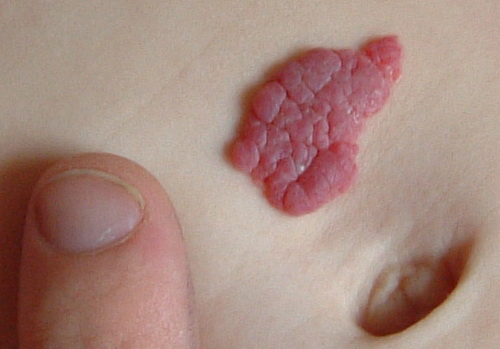
Capillary Hemangiomas
Compared to other birthmarks, capillary hemangiomas, or strawberry marks, are not flat, but bulky raised red marks that appear on the surface of the skin or beneath it. They are caused by the abnormal growth of capillary cells, which is why they are considered as small benign tumors. Hemangiomas are more common in baby girls and they tend to shrink with age, disappearing around the age of 6 or 7. A very interesting characteristic of these marks is that they can appear on the eyelid or even inside the eye orbital. In both cases they need to be removed in order to avoid eye damage and vision problems.
- Important notification about information and brand names used in this slideshow!
- Photo courtesy of Zeimusu by Wikimedia Commons : commons.wikimedia.org/wiki/File:Capillary_haemangioma.jpg
- www.aapos.org/terms/conditions/30
- http://www.aao.org/publications/eyenet/200902/pearls.cfm
- http://www.nhs.uk/conditions/Birthmarks/Pages/Introduction.aspx

Congenital Nevi
Nevus is the clinical word for “mole”. Congenital nevi, or moles, are dark brown or black patches that appear on any part of the body, since birth. They are caused by an overgrowth of pigment cells, which tend to cluster on one spot. Their size varies and they tend to darken and grow hair with age. Congenital nevi are harmless and the risk for them to turn into something more serious, like skin cancer is low; however, if they are too big, they should be checked by a doctor in order to prevent future complications.
- Important notification about information and brand names used in this slideshow!
- Photo courtesy of Kuebi by Wikimedia Commons : en.wikipedia.org/wiki/File:Congenital_melanocytic_nevus_01.jpg
- www.nhs.uk/conditions/Birthmarks/Pages/Introduction.aspx
- http://www.nhs.uk/Conditions/moles/Pages/Introduction.aspx

How to know if a birthmark is harmless or not?
Most birthmarks doesn’t represent a health risk, however, when they are too big, they can cause cosmetic problems, or even promote the development of malignant cells related to skin cancer. Because birthmarks appear early in life, its diagnosis depends mainly on the pediatrician, who will evaluate the characteristics of the mark and determine whether it needs further follow up or not. If it were necessary, a dermatologist would be the appropriate health professional to ask for advice in the matter of birthmarks. If your baby has a birthmark, make sure to talk about this with your pediatrician, so that any treatment needed can be started on time.
- Important notification about information and brand names used in this slideshow!
- Photo courtesy of kellinahandbasket by Flickr : www.flickr.com/photos/kellinahandbasket/76289665/
- BROWN, T. J., FRIEDMAN, J. & LEVY, M. L. 1998. The diagnosis and treatment of common birthmarks. Clin Plast Surg, 25, 509-25.
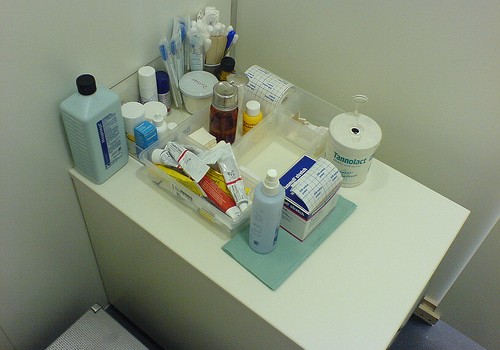
Treatment for birthmarks
For those birthmarks that may need cosmetic or medical treatment, there are several options, including surgical removal. In the case of hemangiomas and congenital nevi, for example, depending on their size, they can be removed by a plastic surgeon. This is a simple procedure, but it can leave scars, that in the end can also be treated with surgery. Laser treatment is used to lighten port wine stains but it is not an easy procedure. In order to lighten the stain, from 3 to 30 session of laser treatment may be required. Also, this treatment can cause pain and bruising after the sessions.


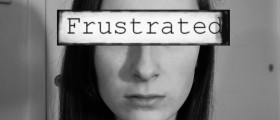
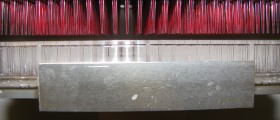



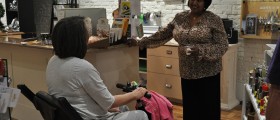


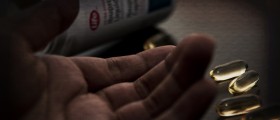



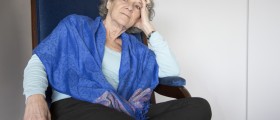


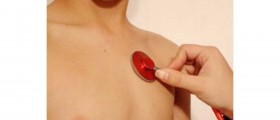
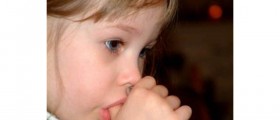
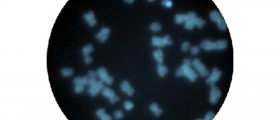
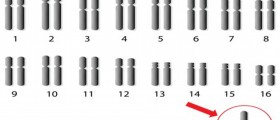
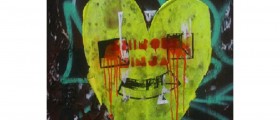
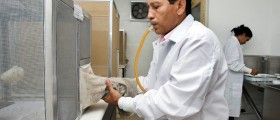
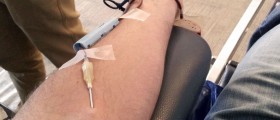



Your thoughts on this
Loading...